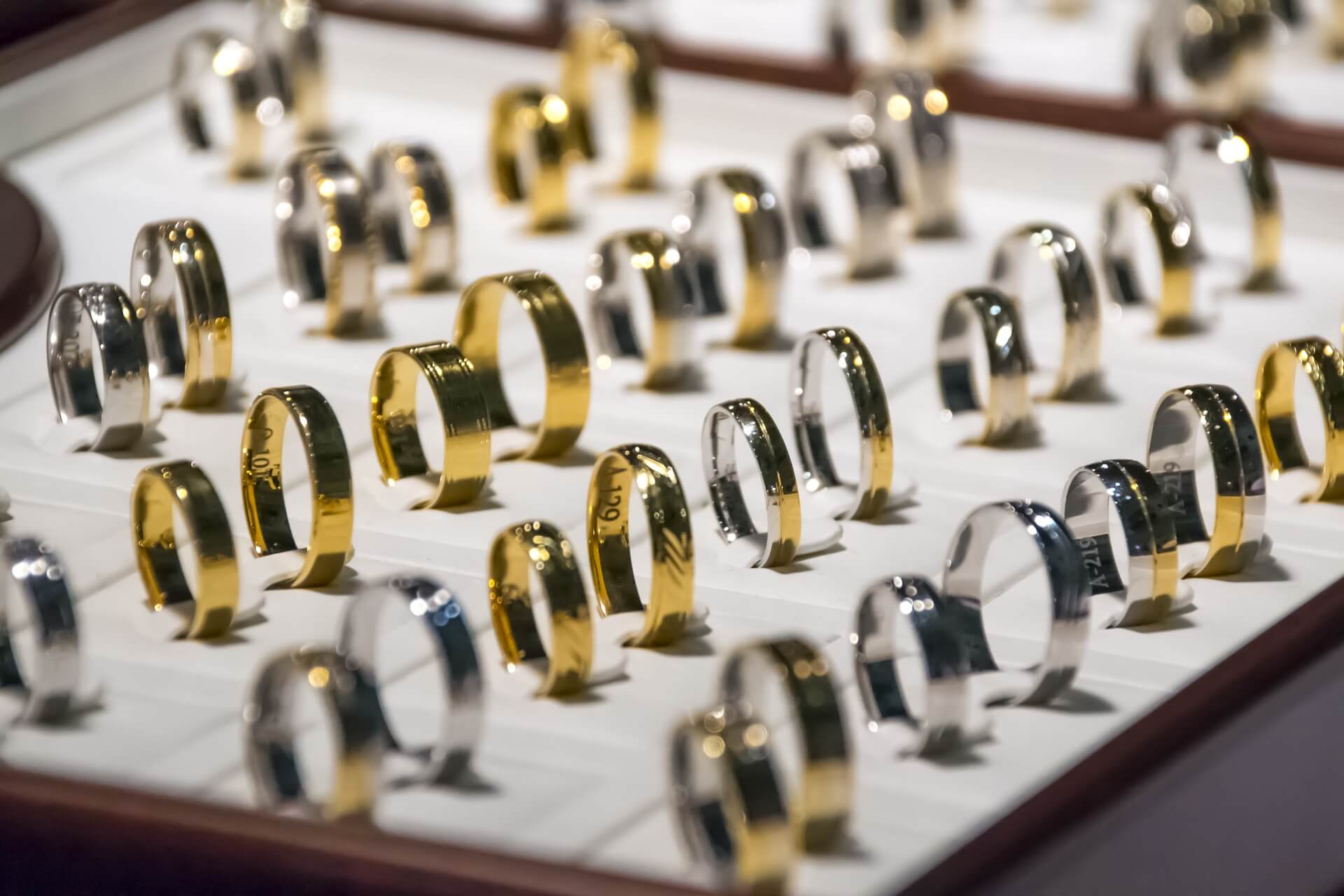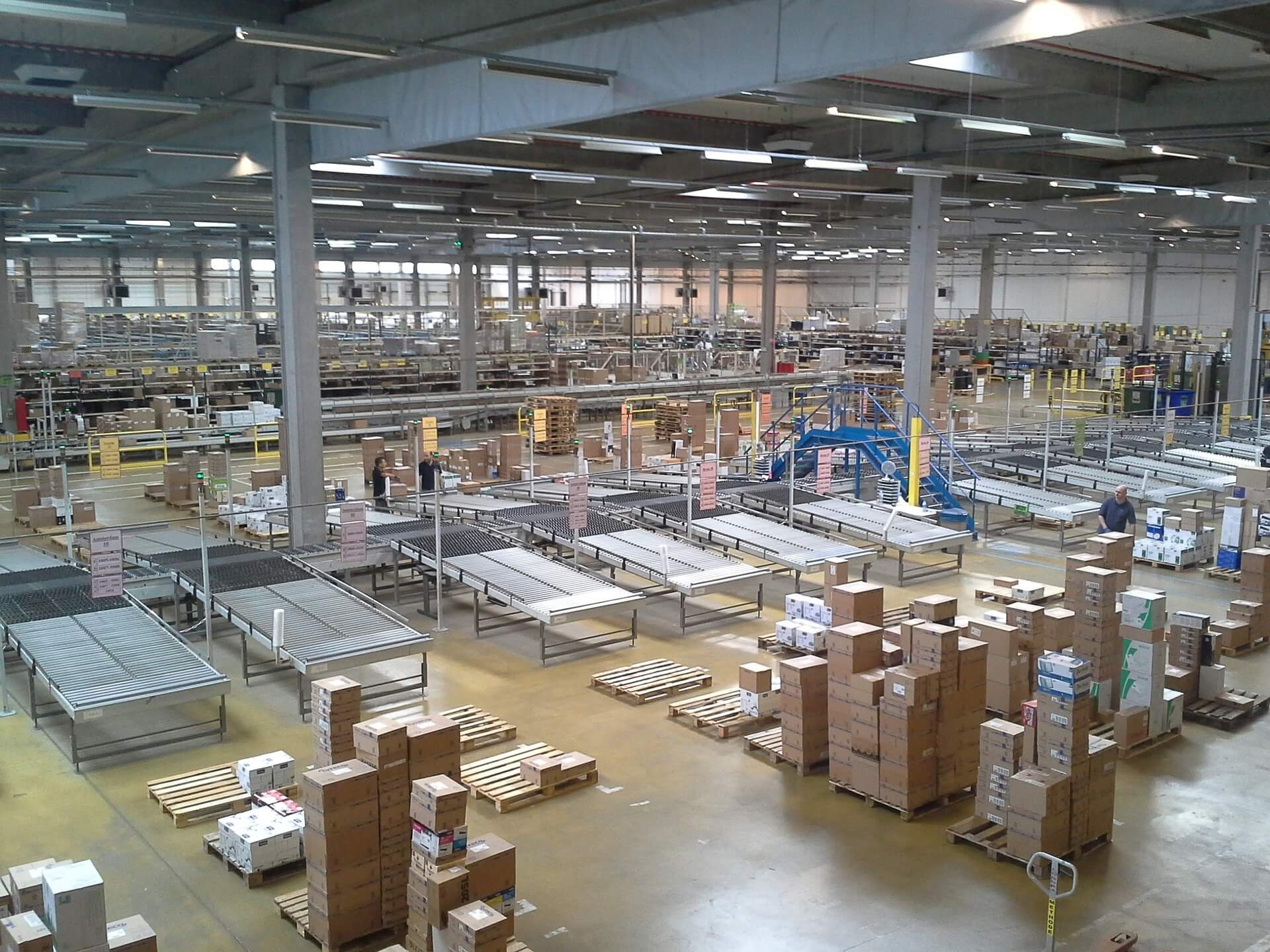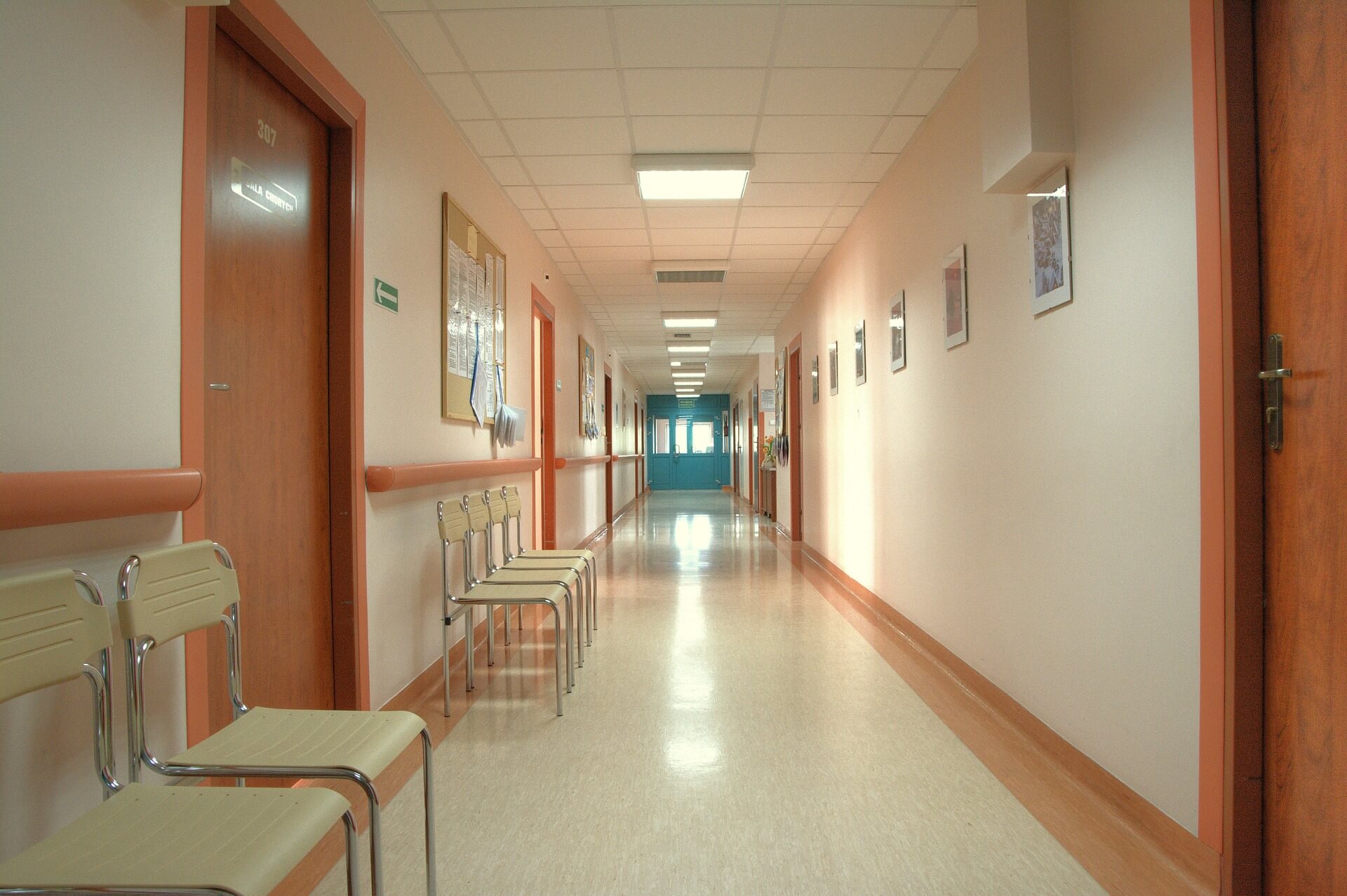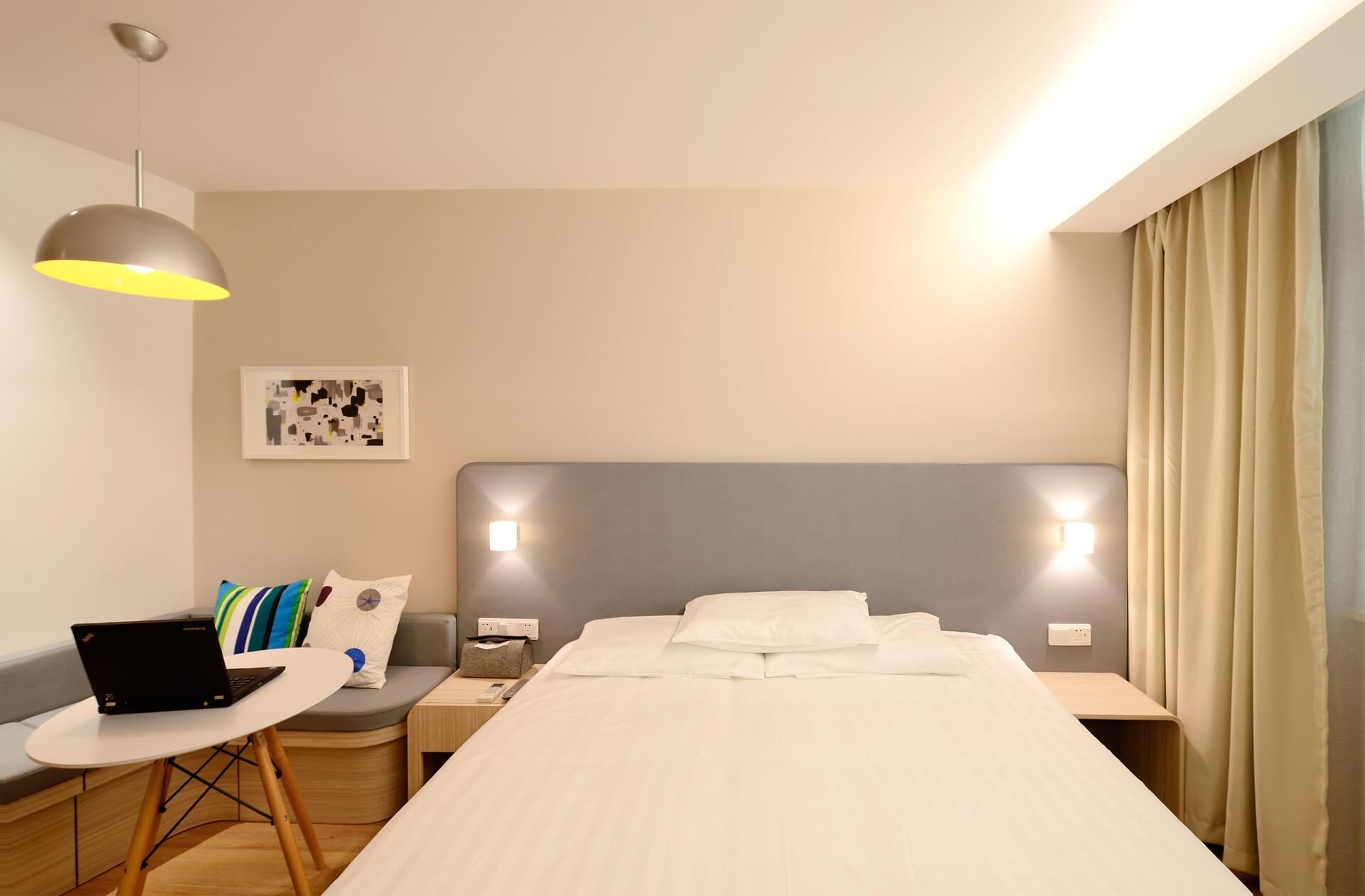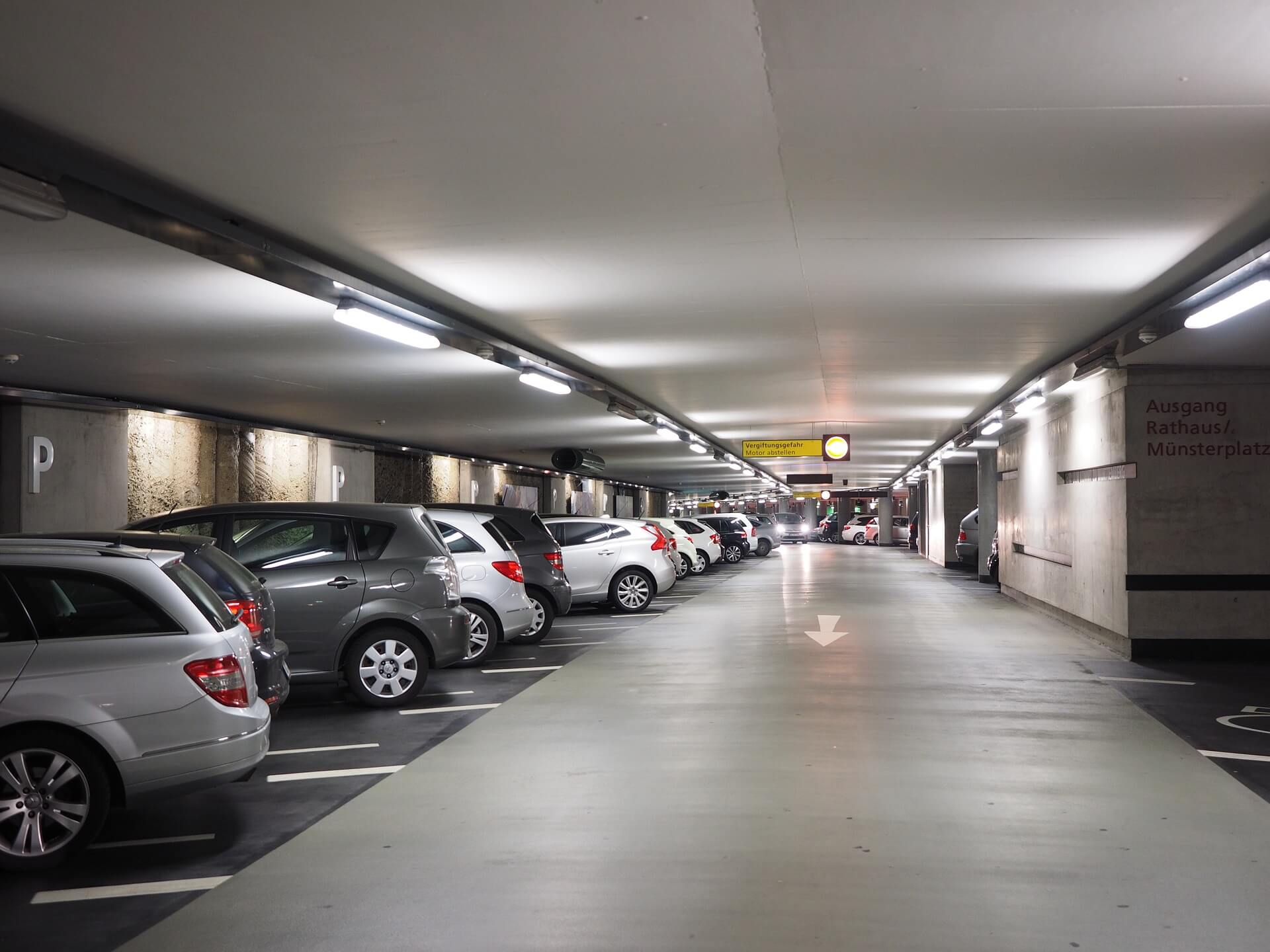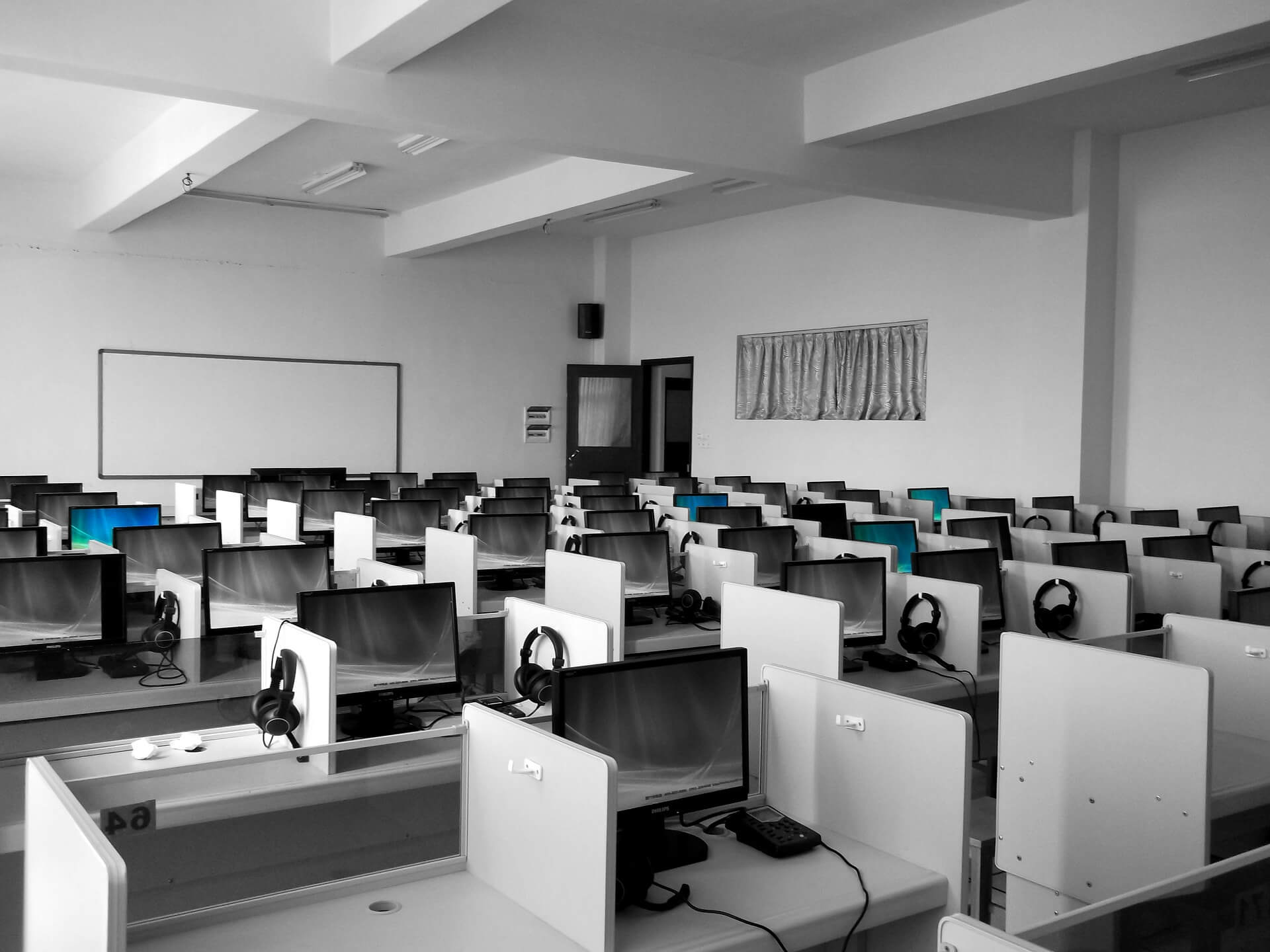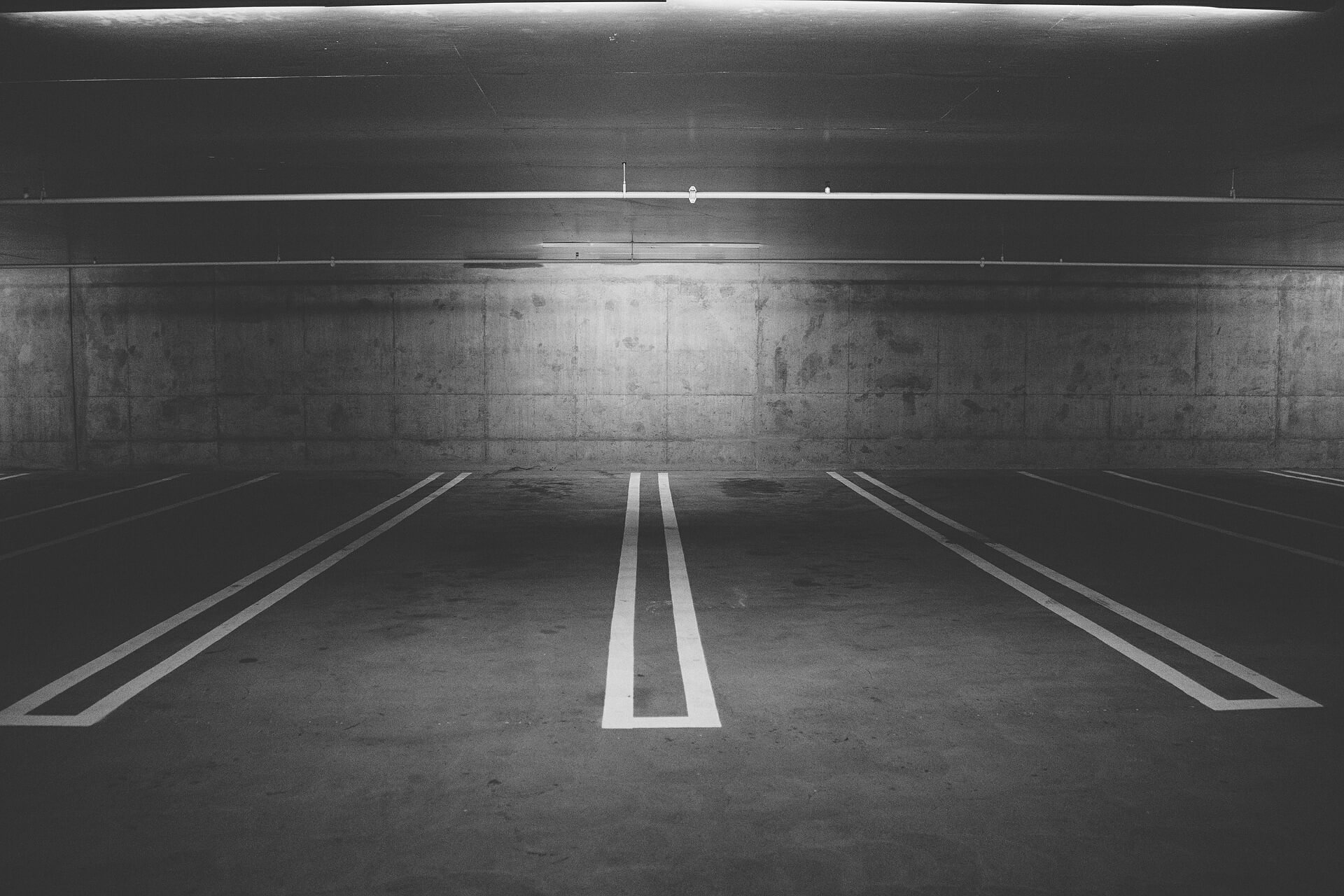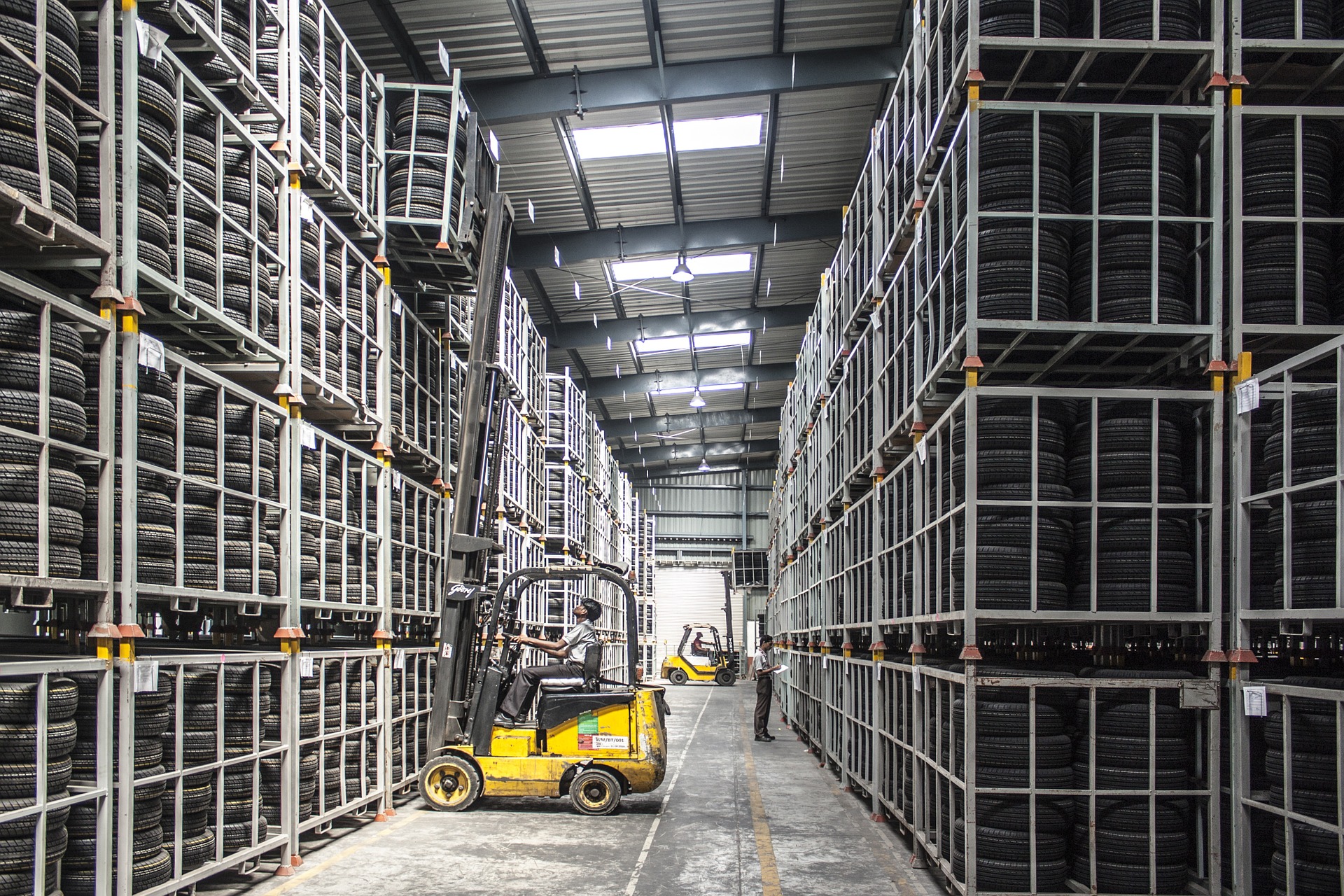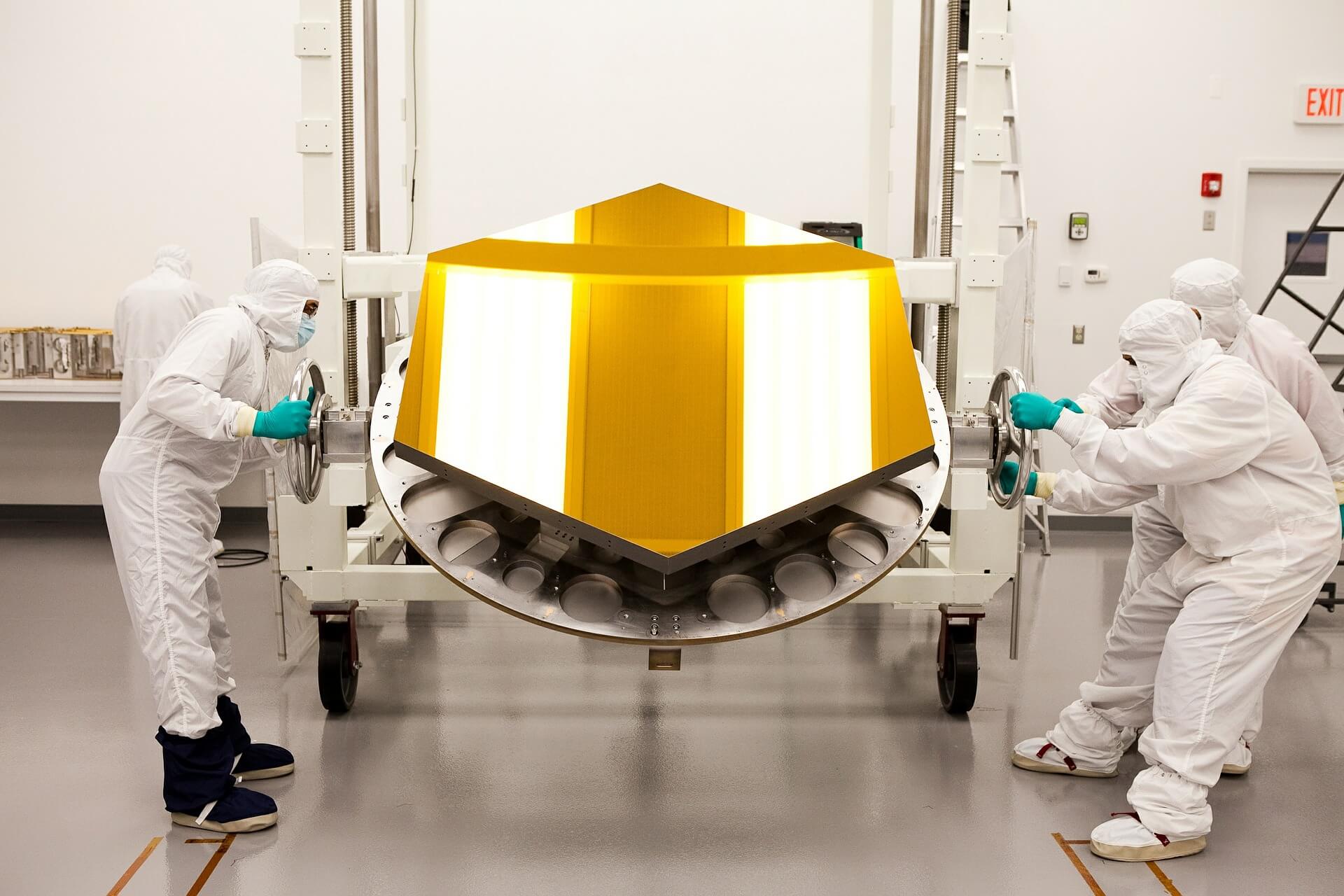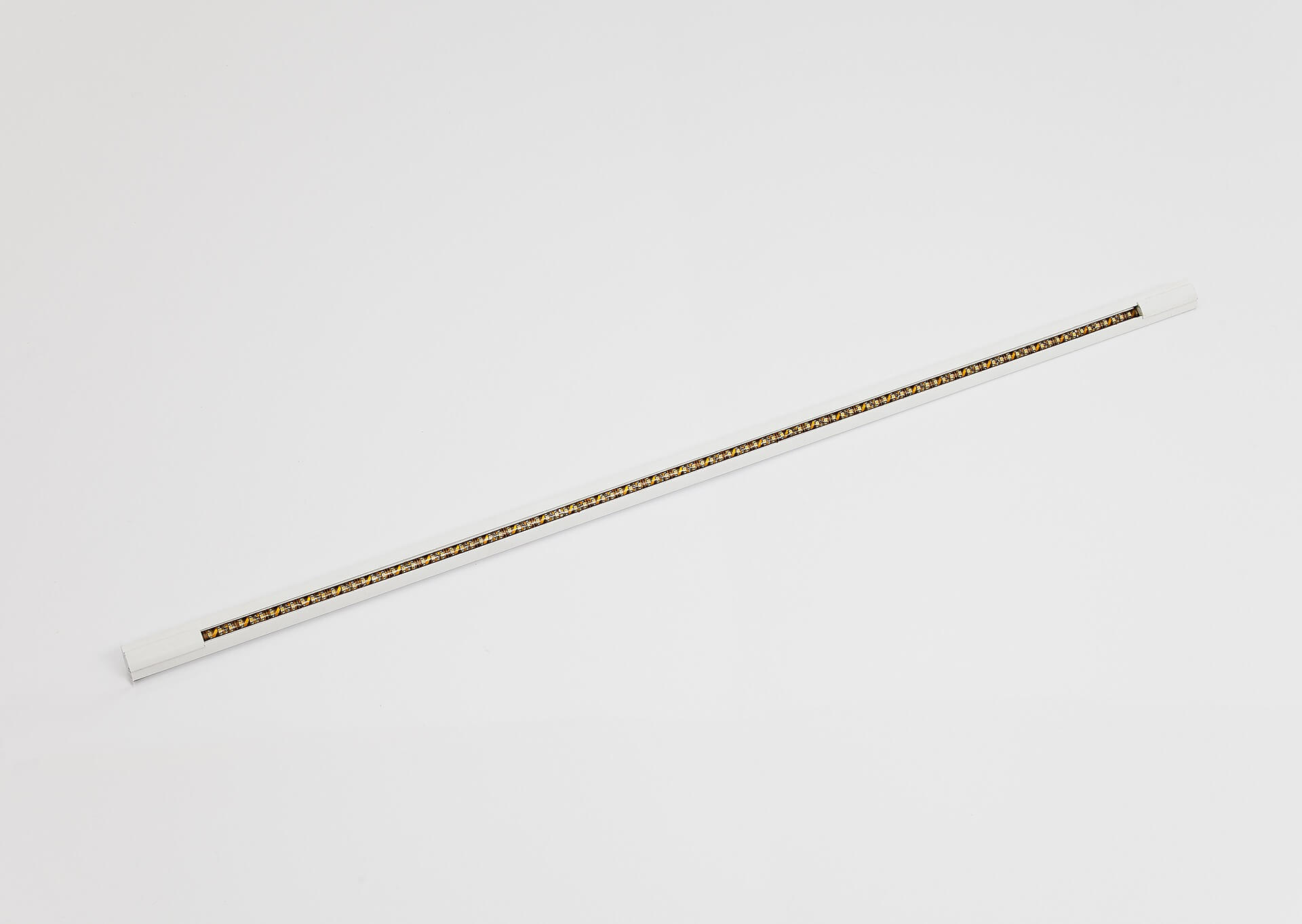Jewels are remarkable because of their crystalline beauty and the way they interact with light. When arranged on a ring or in some other form of jewelry, they become a work of art. Few products rely as much on visual presentation as jewelry. This is why their retail lighting is so important. For example, the four C’s of diamonds, which are color, clarity, cut, and carat, cannot be fully appreciated when displayed under poor lighting. Poor lighting distorts their color and diminishes their sparkle.
The best display lighting is soft sunlight. However, common lighting such as incandescent and halogen don’t even come close. Incandescent bulbs put out a color more similar to candlelight than sunlight, while the light from halogen bulbs turn yellowish during their lifetime.
On the other hand, LED lighting nearly duplicates the sun’s white light without its harmful ultraviolet radiation. Of the interior lighting available today, only LEDs fully bring out the diamond’s sparkle and dazzle. LEDs most accurately display the true colors of any object, including jewelry.
Here are three more reasons to choose LED lighting for your jewelry display:
- LEDs last for 50,000 hours. During this time, their output remains constant. They don’t turn yellow or flicker when reaching the end of their service life.
- LEDs produce little heat. This has three associated benefits. Their small heat output makes them safer than other lighting such as incandescents. Less heat output means they consume less energy for a given lighting brightness. This saves on your lighting bills. Less heat also means you use less air conditioning in the summer, which reduces your energy bill.
- LED brightness is easily adjusted. This gives you yet more control on the presentation of your jewelry.
To display the full brilliance of your jewelry, use LED lighting and spend less money on lighting and air conditioning.

